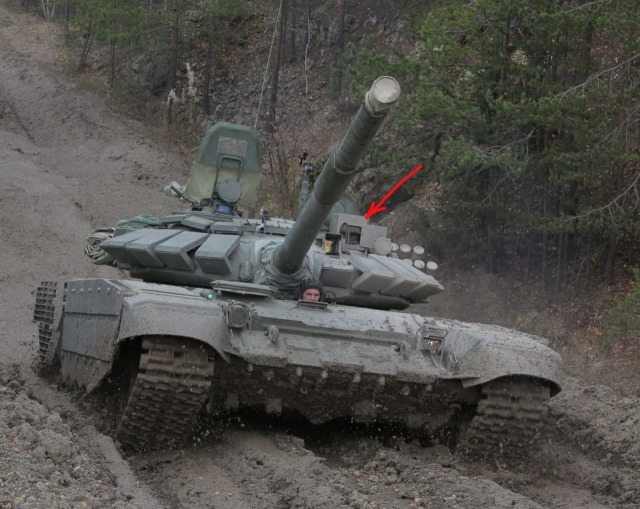A well-known military expert Viktor Murakhovsky in the article "Can we? We can't, but we can! " in its telegram channel reports that in May 2018, the Ministry of Defense of the Russian Federation approved a document "On the procedure for introducing thermal imaging cameras of domestic production in the sighting complexes of T-72BZM, T-80BVM...". The same problem was solved for other thermal imaging devices used in domestic military equipment.

Upgraded tank T-72B3 "sample of 2016" with a thermal imaging module of the Russian production TPK-K sight (c) JSC "Research and Production Corporation "Uralvagonzavod" (via Viktor Murakhovsky)
The basis of thermal imaging sights, surveillance devices, and some missile homing systems are the so-called "thermal imaging video signal generation modules" (MFTV), in our terminology. Such a module is a matrix of photosensitive elements that perceive EMR in the ranges of 1-14 microns (infrared spectrum).
There are no universal materials with high sensitivity to EMR in the entire IR spectrum. Therefore, the industry produces MFTVS of the near-IR range (3-5 microns) and far-range (8-14 microns), sensitive to radiation in the so-called "transparency windows".
The advantage of the range of 3-5 microns is that there is less influence of atmospheric precipitation (fog, rain, snow) on the passage of radiation. But the range is worse.
In the region of shorter wavelengths (
In the near range, indium antimonide (InSb, a compound of indium and antimony), amorphous silicon (a-Si), and gallium arsenide (GaAs) are mainly used for matrices. In the first case, the matrix requires deep cooling, the other materials do not need cooling. At the same time, the cooled matrix has a sensitivity much better than the uncooled ones.
Fairly modern cooled near-IR MFTV (3-5 microns) with a resolution of 640x512 elements based on indium antimonide are made in Russia. In cheaper products, a microcryogenic cooling system from China is used, in more expensive ones - domestic.
The production of uncooled matrices based on amorphous silicon with a resolution of 640x480 elements is also established in Russia.
The long range (8-14 microns) has a better atmospheric transmittance and is more preferable for long-range detection and targeting systems.
In the far-INFRARED range, matrix production mainly uses heterostructures of the cadmium-mercury-tellurium (CRT, CdHgTe) composition, which require deep cooling. In our country, there is a production of MFTV with CdHgTe matrices (8-10 microns) with a resolution of 640x512 elements and its own micro-cryogenic cooling system.
At the same time, cooled far-IR MFTVS on CdHgTe structures are many times more expensive than uncooled near-IR systems on microbolemmeters. They are usually used in systems for aiming and observing complex weapons: aviation, navy, armored vehicles, air defense.
What did you choose for our tanks, import-substituting the French TPV module CATHERINE-FC (installed in the sights "Sosna-U")? It is known that the French have a scanned cooled SOFRADIR matrix with a resolution of 288x4 elements based on CRT (range 8-12 microns). The scanning device of the matrix generates a television signal (625 lines, 50 Hz), which is output to the monitor.
We have selected a medium-cost version of the domestic cooled matrix based on indium antimonide (range 3-5 microns) with a resolution of 640x512 elements. Sights with such a thermal imaging module TPK-K are already used in the mass production of armored vehicles.
